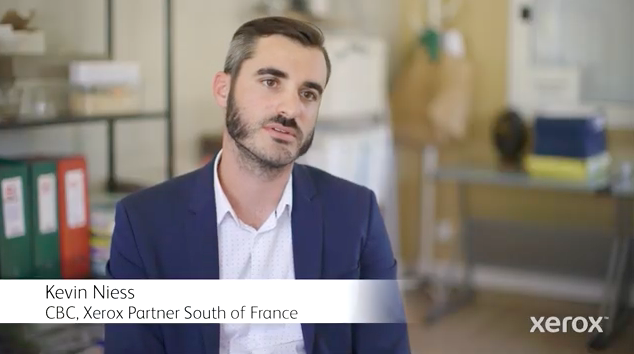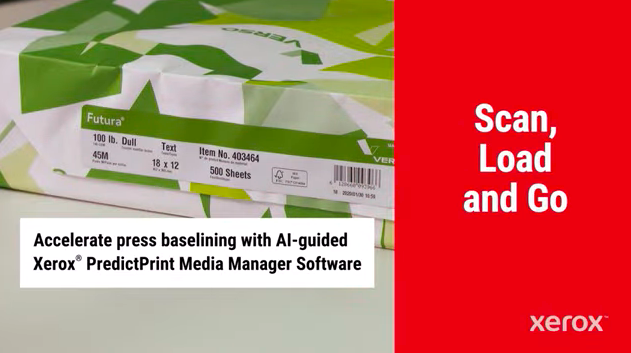The following appears on dailyfinance.com
 The Affordable Care Act, while proving to be a hot-button issue for many, has thus far been a boon for the health-care services industry. The complexity of the law, as well as the difficulties involved with building out and running the required insurance marketplaces, has led states to seek help from private companies. Xerox has taken full advantage of this, winning more that $200 million worth of IT contracts from seven states since the Affordable Care Act was passed, and the next few years could prove to be even more lucrative for the company and competitors like Hewlett-Packard .
The Affordable Care Act, while proving to be a hot-button issue for many, has thus far been a boon for the health-care services industry. The complexity of the law, as well as the difficulties involved with building out and running the required insurance marketplaces, has led states to seek help from private companies. Xerox has taken full advantage of this, winning more that $200 million worth of IT contracts from seven states since the Affordable Care Act was passed, and the next few years could prove to be even more lucrative for the company and competitors like Hewlett-Packard .
A booming business for Xerox
 Once known mainly for its printers and photo copiers, Xerox has been shifting its business model toward services in recent years. From document outsourcing to public transportation-fare collection, Xerox has positioned itself for growth in a large variety of markets. Currently, services make up 56% of Xerox’s total revenue, and the company is looking to increase this percentage to two-thirds by 2017.
Once known mainly for its printers and photo copiers, Xerox has been shifting its business model toward services in recent years. From document outsourcing to public transportation-fare collection, Xerox has positioned itself for growth in a large variety of markets. Currently, services make up 56% of Xerox’s total revenue, and the company is looking to increase this percentage to two-thirds by 2017.
The most promising market for Xerox, especially over the next few years as the Affordable Care Act is fully implemented, is health-care services. Xerox is already one of the largest players in the industry, with more than $2 billion in annual revenue, and a full two-thirds of patients in the United States are served by Xerox in some capacity.
 One effect of the Affordable Care Act has been an increase in demand for health-care advice and consulting services. The health-care advice industry, which serves government agencies, hospital, doctors, pharmaceutical companies, and employers, has surpassed the $10 billion mark, and it’s expected to grow by 6% per year over the next five years. The employer mandate, which requires companies with more than 50 employees to offer health insurance to employees, should drive demand for these types of services for years to come, as companies struggle to comply with the law. The mandate, originally scheduled to take effect this year, was delayed until 2015.
One effect of the Affordable Care Act has been an increase in demand for health-care advice and consulting services. The health-care advice industry, which serves government agencies, hospital, doctors, pharmaceutical companies, and employers, has surpassed the $10 billion mark, and it’s expected to grow by 6% per year over the next five years. The employer mandate, which requires companies with more than 50 employees to offer health insurance to employees, should drive demand for these types of services for years to come, as companies struggle to comply with the law. The mandate, originally scheduled to take effect this year, was delayed until 2015.
Xerox was chosen by various states, like Nevada and Kentucky, to build and run health insurance exchanges. Although the Nevada exchange suffered serious problems after launch, the huge problems with the federal exchange overshadowed this to some degree. Xerox wasn’t involved in the botched Healthcare.gov launch, although rival HP will soon become the new hosting provider for the website, replacing Verizon.
HP is heavily involved in providing Medicaid and Medicare services to various states, with Wisconsin renewing a $221 million contract with the company in November. Ohio followed suit last month, signing a $180 million contract with HP to manage and enhance the state’s Medicaid Information Technology System. In total, HP is the principal IT provider for Medicaid in 19 states.
HP is a significant competitor in the health-care services industry, and both companies should benefit from the growth of the industry. HP’s long-standing relationships with many states gives it an advantage in Medicare and Medicaid services, although these types of government health-care contracts are fairly low-margin, at least according to Xerox. Contracts with health-care providers offer both higher margins and higher growth prospects.
The long- term story
Xerox has been successful in transitioning into a services-orientated company, but it’s legacy printing business is still important to the company. Document technology makes up about 41% of Xerox’s business, and with an operating margin similar to that of services, the segment provides a significant portion of Xerox’s profit.
Click here to read the rest of the article on dailyfinance.com


